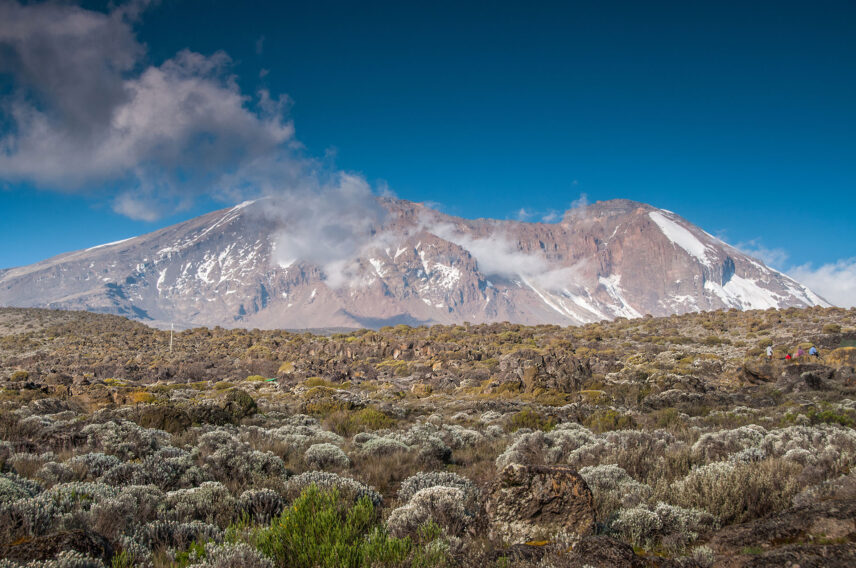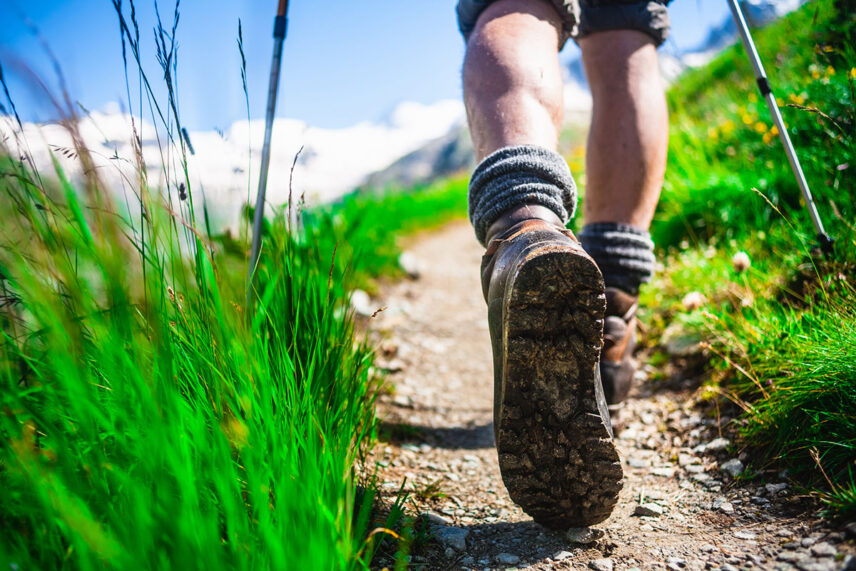We hear it constantly: “When is the absolute best time to climb Kilimanjaro?”
Although it’s technically possible to climb year-round, we generally recommend trekking during the warmest, driest months of the year—which happens to be nearly all of them!
A better question: When is the worst time to climb?
There is absolutely a worst time to attempt your trek. In fact, there are two of them: April/May and mid-November through mid-December. Tanzania receives serious rainfall during those times, and Kilimanjaro is too soggy to camp on comfortably (that’s what you get for standing head and shoulders above a continent).
That leaves you…the other nine months to choose from!
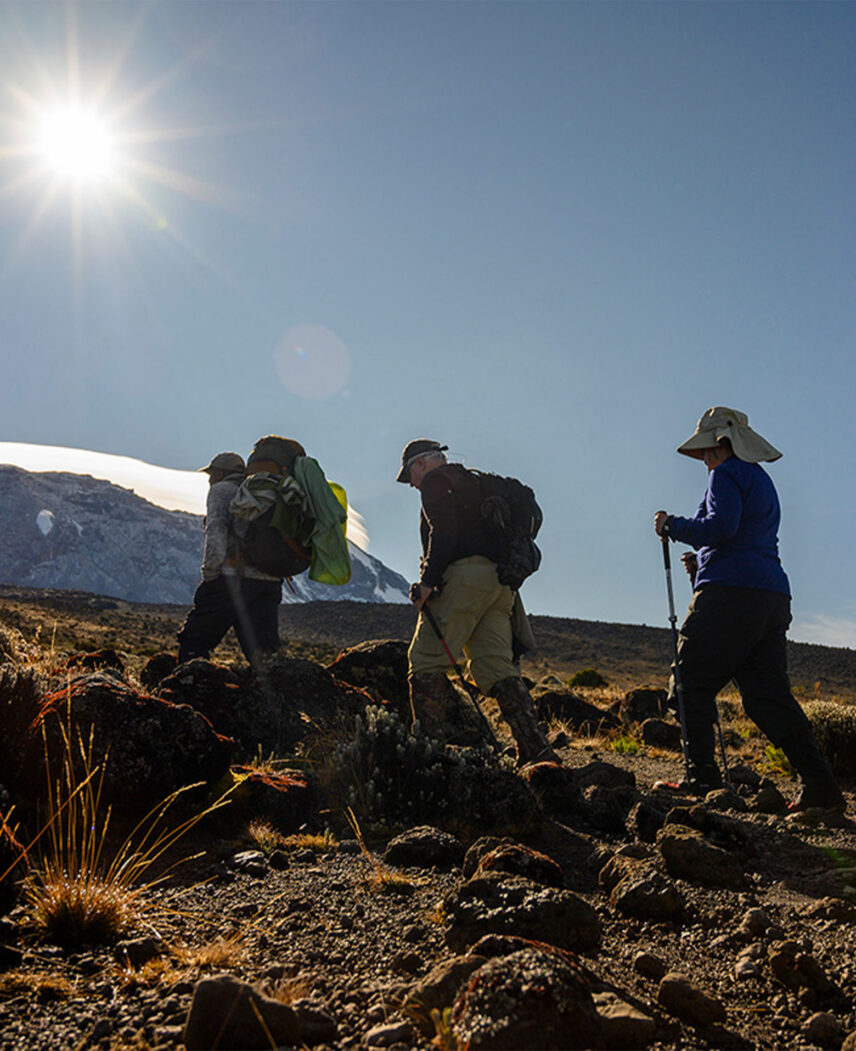
Photo: Carey Wagner
Don’t Sweat the Seasonal Differences
Here’s a (possibly hard) truth that may make it much easier to decide when to trek: no matter when you climb, it’s likely to be warm in the foothills and cold at the summit. Sure, that might change to “slightly warmer” or “marginally frostier” depending on the month, but the seasonal differences are so slight (there’s only about a 10–15-degree difference between the extremes) that they are generally not worth considering.
Here’s a look at the mountain’s seasons:
Green Season (December–March)
- Slightly warmer
- Generally clear skies
- Greater possibility of quick rain and snow showers
Dry Season (June–October)
- Slightly colder
- Generally clear skies
- Drier, with a reduced possibility of rain and snow showers
As you can see, the mountain has its “winter” and “summer.” But even they aren’t completely reliable; due to climate change and the natural uncertainty of the mountain, it can rain and snow in the dry season, or it can be bone dry in the green season. You’ll need to prepare for precipitation and arctic conditions no matter when you trek.
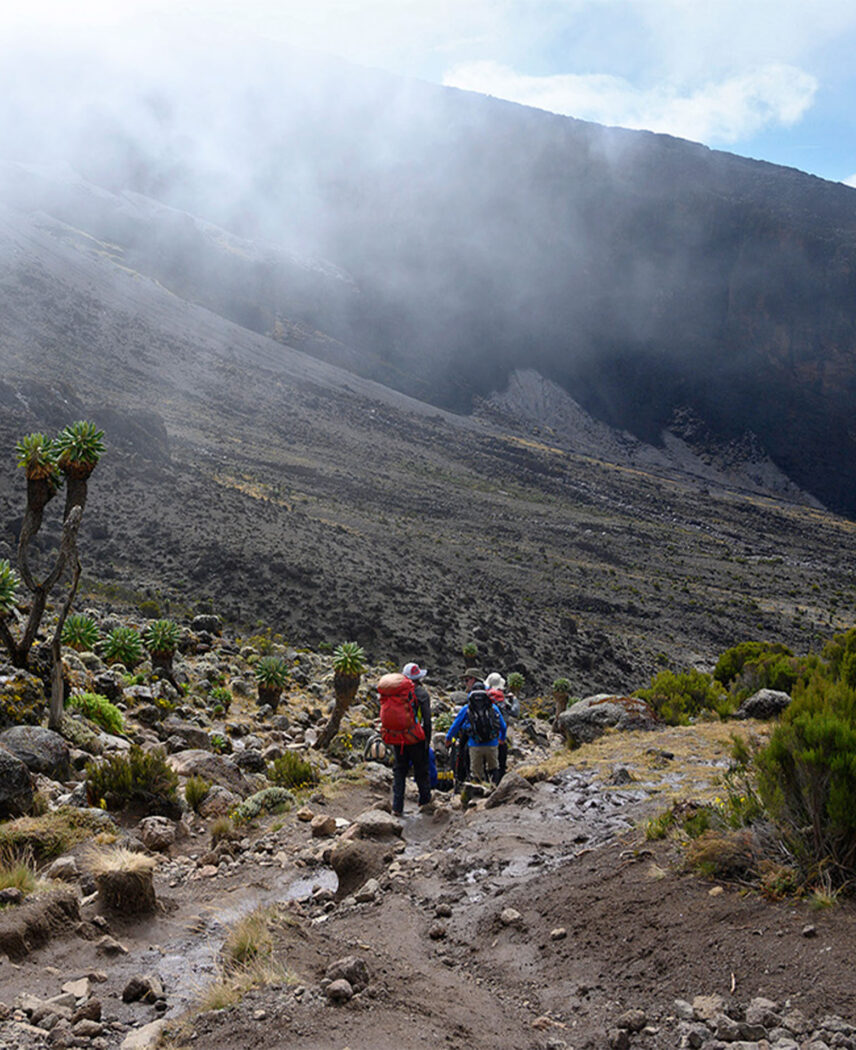
Photo: Carey Wagner
If there’s no “best time,” how should you plan your trek?
One great way to decide when to climb is to think about what else you might like to see in Tanzania. Many trekkers will only visit Africa once in their life, so they often choose to extend their trip with a safari in the neighboring Serengeti National Park, spotting lions, elephants, giraffes, and more.
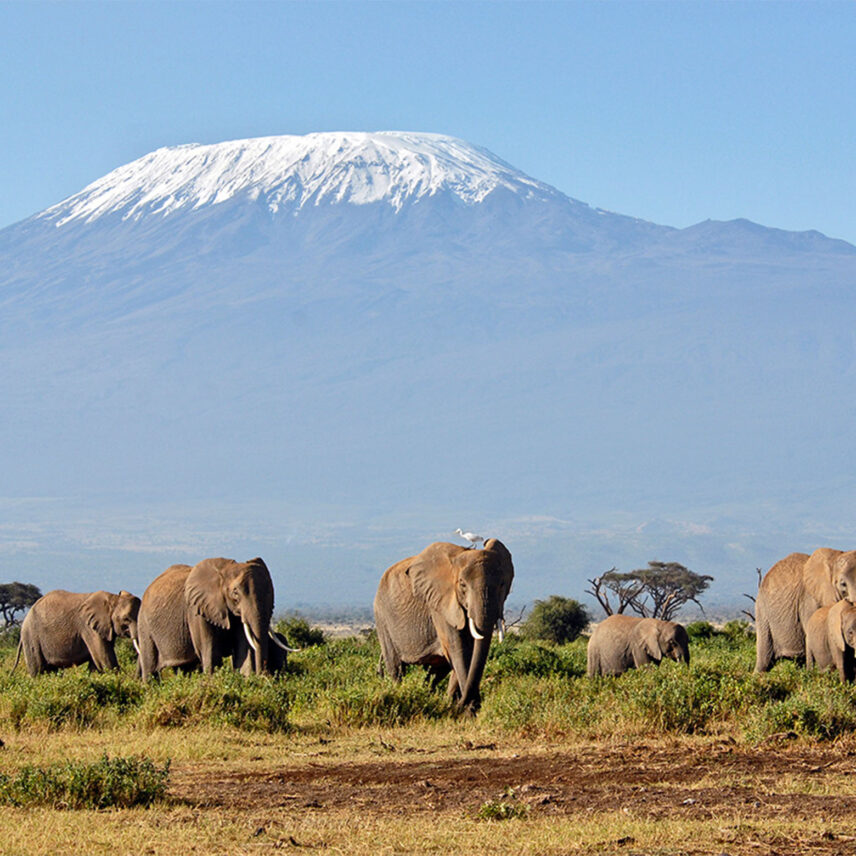
Likewise, a beach vacation to Zanzibar is accessible year-round; maybe you’d rather enjoy its sugar-white beaches in the middle of your winter, or you might prefer it during the slightly cooler days of Tanzanian winter, i.e., June-August.
Once you realize that Kili’s pretty much always the same Kili, it gives you a lot of flexibility! So plan for anything on the mountain…and plan your trip any time you want!
